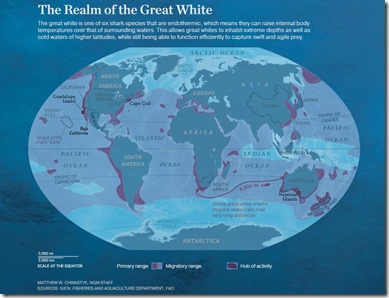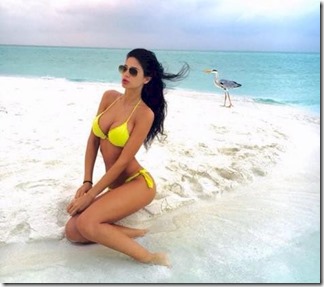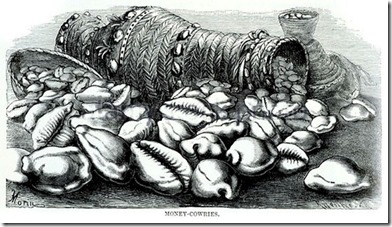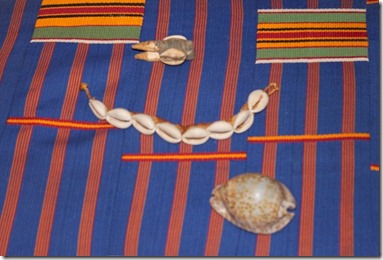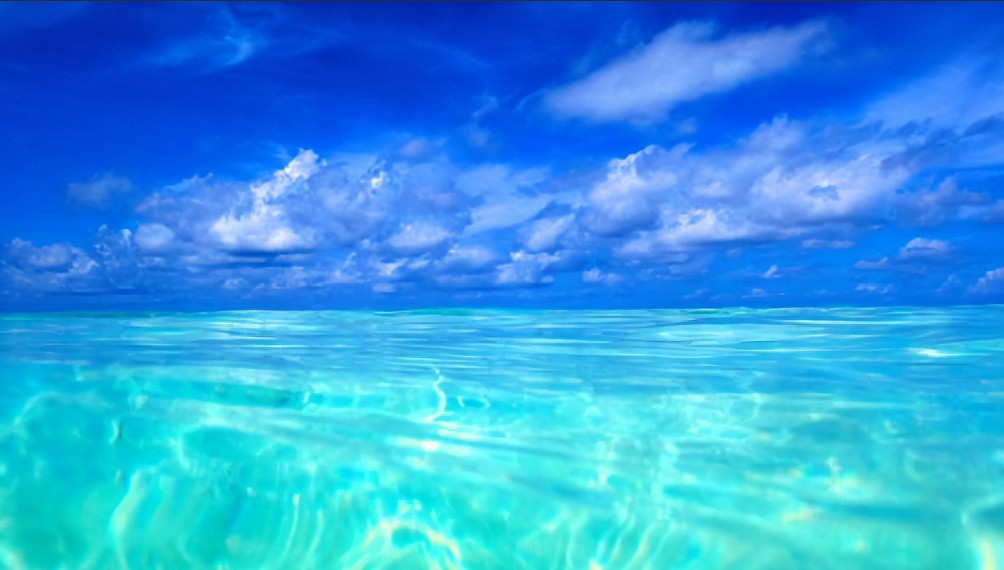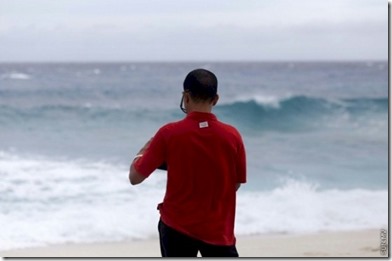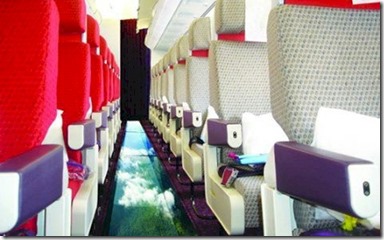
Coconut Full Moon tonight. The perfect time to toast that essence of equatorial elixir – pina colada.
Maldives is not my only tropical love. I am also an epicurean devotee of the pina colada. It is my tropical cocktail. I only really drink it in the Maldives because I do believe that ambience and context is as much a part of an exceptional drink experience as the drink itself. Like port with cigars and cards. Or Pimms at one of The Season events. I have occasional sampled pina coladas when I am at establishments renowned for their mixology just to explore their spin on this classic. But the experience is more clinical and investigative than my sensual savouring in the Maldives.
My pina passion has reached a higher profile as a part of my annual Maldives Tour posts to the Trip Advisor Maldives Forum. I post a daily thumbnail sketch of each resort highlighting things like the weather, my favourite dish, snorkel spottings. And I include a headline assessment of the resort’s pina colada.
For me the pina colada is as iconic a tropical drink as the Maldives is a tropical destination. And it can be an emblematic indicator for the resort overall. It’s complicated and varied enough that the resort’s own quality of ingredients, attention to detail, creativity, flair and even personality can shine though in this little alcoholic microcosm. You can have foamy vs. flat, shaken vs. blended, iced vs. chilled, not to mention a range of ingredient variations (eg. coconut cream, coconut milk, coconut flavouring). And it can be presented in simple tall glasses with a sprig or garnish to coconut shells with a cornucopia of fruit and frills.
Last year, the epicenter of all things coconut, Kurumba resort, rose to the “Pina Colada Challenge” with an unprecedented flurry of pina colada artistry on the occasion of my visit. The exceptional evening got me questioning my first principles. With all of the options and variations, what was I looking for in the “perfect pina colada”. That led to a bit more “research” and now my own recipe and guidance for the quintessential pinoconut concoction.
FUNDAMENTALS – What are my basic principles for the ultimate pina colada?
- Temperature – Frozen. This is the counterfoil to the sun drenched tropics. You are melting away in the warmth and so part of the experience is the frigid coldness of the drink. The best pina colada is the coldest pina colada. Some tips to achieving this frigorific chill…
- Store all of the ingredients in the freezer. Including the rum and the glass along with frozen coconut cream and pineapple juice. Note that you will need to freeze the coconut cream and pinapple juice in small chunks or cubes in order for them to blend effectively on mixing.
- Serve in a “stem” glass so the hand does not warm the drink while holding it.
- Things – Fresh. Fresh, top shelf ingredients should be a given, but I am always surprised at how many top resorts try to get by with inferior ingredients.
- Fresh pineapple juice. Not from a can or concentrate (which almost always has added sugar).
- Coconut cream (not coconut milk, coconut flavouring, or pina colada mix)
- Top quality white rum. Not the cheap stuff. Not dark rum.
- Texture – Fine. Another bad bit are…the bits. Yes, it is a “style” thing. Much like the difference between the more finely textured Parisian bisque as opposed to the more rustic and thicker Normady bisque. The pulp might seem to add to the appearance of freshness, but the mouth feel distracts from the focus on the flavours and the frozenness.
INGREDIENTS
- 4 parts Coconut Cream – (not Coconut Milk, it’s too thin and not coconutty enough)
- 4 parts fresh Pineapple Juice – (not pulpy, see above on Texture)
- 2 parts White Rum – (not flavoured)
- 1 part medium sugar syrup (3:4 ratio of sugar to water)
Despite many classic recipes call for it, I first tried to avoid the Sugar Syrup ingredient. I thought one could get the desired sweetness with the pineapple juice and even the coconut cream would contribute a bit. However, in depth experimentation showed that the syrup really helped to smooth out and mellow the final product in a way no other balancing could (without sacrificing the rum kick). If getting or making the sugar syrup is just a step too far, then actually using Malibu Rum (the exception to the “not flavoured Rum” rule) provides the same sweetness and some of the mellowing effect (but unfortunately does introduce a distinctly “artificial” or even “chemically” tinge).
Also notice NO ICE. Ice just waters down the drink and interferes with the smooth sipping. The frozen ingredients provide all the frigidity that you need (and more than shaking over ice will ever do).
Perhaps the key objective here is balance. You don’t want any individual ingredient overpowering the flavour. You want all of the tastes to blend harmoniously.
RUMS
- Baccardi Carta Blanca Superior White Rum – The classic and default option.
- Brugal Especial Extra Dry Rum – The premium option for smoothness and distinction (“clean, dry rum which contains fewer of the heavy alcohols which tend to provide other rums a sweeter flavour profile. The Especial Extra Dry is blended from a mix of rum spirits which have been aged a minimum of 2 years and up to as many as 5 years in White American Oak casks. The rum is triple charcoal filtered, and was developed as a high-end cocktail spirit”).
- Malibu Caribbean Rum with Coconut Flavour – The oft-resorted to shortcut for coconut and sweetness boost.
DIRECTIONS
Blend ingredients until smooth. Not too little so that it is lumpy. Not too much that it overly thaws the drink. Depending on the type of blender you have, you might want to pre-crush the frozen coconut cream as this can freeze quite solidly.
GARNISH
You can let your inner Carmen Miranda go crazy if you like, but there is only one classic garnish – a skewered Maraschino cherry and pineapple slice perched on the edge of the glass. Some say the cherry is dated and even twee, but I guess I am just too old school. And no straw! The drink needs to be sipped from the glass like a fine wine. Straws are mostly for drinks with ice (see note above on “no ice”).
The Guardian has also published their pina perfection path “How to make the perfect piña colada”. It’s an okay recipe. I’m against the use of ice for a truly “perfect” pina, but I understand how it is an expedient way to achieve coldness. And the piece provides some in depth perspectives on some of the dynamics of the drink.
Happy Hour Coconut Moon everyone!
(special thanks to our friends Wayne and Lucille who contributed as research assistants in the methodical lab testing)


